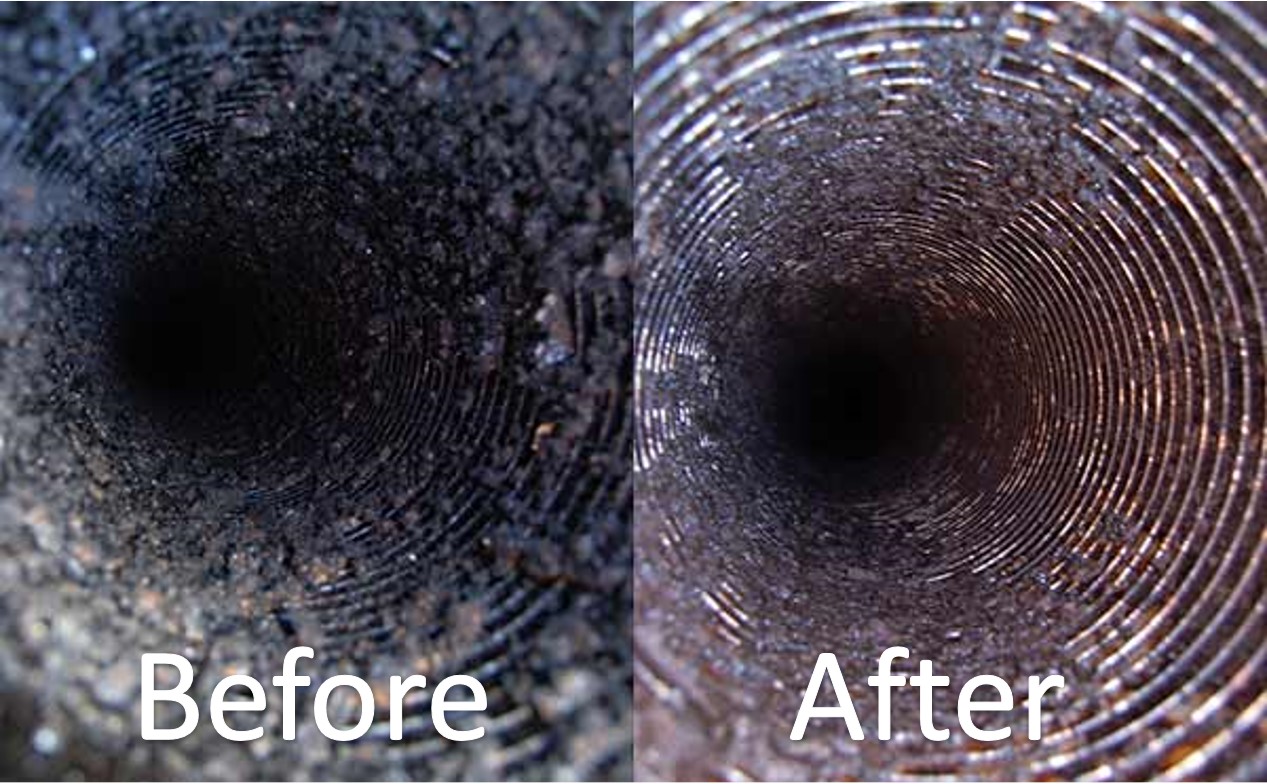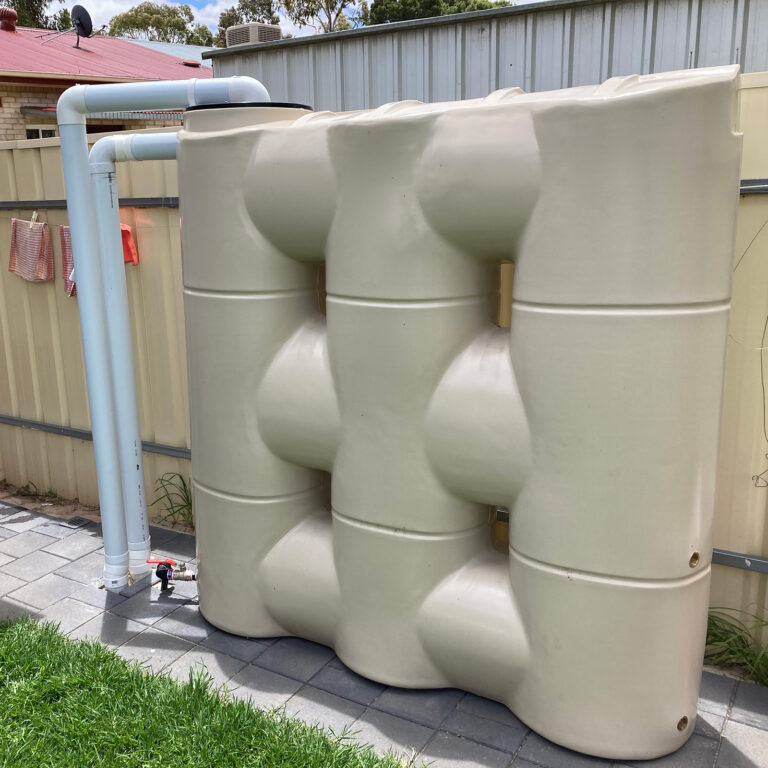Discover the Value of Rainwater Containers for Sustainable Water Conservation Efforts
In the realm of lasting water conservation, the application of rainwater storage tanks stands as a pivotal method that values closer assessment. The significance of rainwater containers transcends plain storage; it symbolizes a proactive method towards ecological stewardship and resource administration. By exploring the multifaceted benefits of rain harvesting, an extensive understanding of its prospective effect on water conservation initiatives emerges. Via a lens of usefulness, environmental consciousness, and communal well-being, the combination of rain containers reveals a tapestry of interconnected benefits that expand much past the surface area.
Advantages of Rainwater Containers
Using rain tanks provides a useful service for sustainable water administration by taking advantage of nature's sources successfully. Rain tanks collect and keep rainwater that drops on rooftops, which can then be utilized for various non-potable objectives, such as watering, cleaning clothing, purging bathrooms, and even for some drinkable uses with correct therapy. Among the crucial advantages of rain tanks is the reduction of demand on mains water supply, especially during completely dry periods or droughts.
Environmental Effect of Rain Harvesting
Rain harvesting through the use of storage tanks presents a sustainable water administration exercise with positive ecological implications. By catching rain, this technique assists reduce the need for mains water supply, therefore alleviating the concern on water therapy plants and reducing power consumption associated with water circulation. Furthermore, rainwater harvesting aids in minimizing metropolitan flooding and disintegration by decreasing the quantity of stormwater runoff. This process likewise contributes to groundwater recharge, which is crucial for maintaining water degrees in wells and springs, particularly in areas prone to dry spell.
Furthermore, rainwater harvesting promotes water preservation and decreases dependence on finite water sources. Overall, the ecological impact of rainwater harvesting emphasizes its significance in progressing sustainable water management techniques.
Rain Containers for Residential Use
Having actually highlighted the environmental benefits of rain harvesting, the emphasis now changes to the practical application of rain containers for household water preservation (Slimline water tanks). Rain containers play a vital role in property water monitoring by capturing and storing rainwater that falls on the roofing system of a home. These containers can vary in dimension and product, supplying homeowners versatility in selecting a system that fits their requirements
Among the key advantages of utilizing rainwater storage tanks in property settings is the reduction in dependence on keys water. By collecting rainwater for non-potable usages such as watering yards, cleaning cars, flushing bathrooms, and doing washing, homes can dramatically decrease their overall water usage and utility costs. Additionally, rain is normally free from the chemicals found in cured water, making it a preferable selection for certain house tasks.
Moreover, rain harvesting systems can help mitigate city flooding and disintegration by minimizing stormwater overflow. By capturing rainwater in storage tanks, much less water streams into tornado drains, decreasing the strain on local drain systems during hefty rains. Overall, including rain containers right into domestic properties adds to lasting water conservation initiatives and advertises self-sufficiency in water management.

Financial Advantages of Utilizing Rain Tanks
The economic advantages connected with the implementation of rain tanks in residential and industrial setups are substantial and diverse. Among the primary economic benefits of making use of rainwater storage tanks is the decrease in water bills. By gathering and saving rainwater for different non-potable usages such as irrigation, commode flushing, and laundry, homeowner can dramatically decrease their reliance on keys water supply, causing substantial price savings over time.
Moreover, the setup of rain containers can enhance residential or commercial property value. In today's eco aware market, residential properties equipped with lasting attributes like rainwater harvesting systems are typically view it now more eye-catching to prospective customers, regulating greater marketing costs and faster sale times.
In addition, rain storage tanks can assist organizations and property owners mitigate the effect of water restrictions and fluctuating water prices. By having an auxiliary water source during dry spells or durations browse this site of boosted water expenses, people and companies can better handle their water-related costs and maintain functional continuity. Overall, the financial advantages of using rain tanks make them a sensible financial investment for long-term financial savings and sustainability.
Neighborhood Sustainability Through Rain Collection
Thinking about the broader influence beyond specific advantages, the integration of rain collection systems in neighborhoods plays an important function in fostering ecological sustainability and resource monitoring. Community sustainability via rain collection initiatives not just aids in minimizing the strain on community water resources yet likewise helps in alleviating the effects of urbanization on neighborhood water systems. By setting up rain tanks in public structures, parks, and public spaces, communities can reduce their reliance on centralized water resources, leading to a much more resilient water during dry spells or emergency situations.
Moreover, community-level rainwater harvesting fosters more a feeling of cumulative duty in the direction of water preservation. Eventually, neighborhood sustainability with rainwater collection not only benefits the existing generation yet additionally makes certain an extra lasting future for generations to come.

Final Thought

Comments on “Slimline Water Tanks: The Perfect Choice for Urban Water Storage”